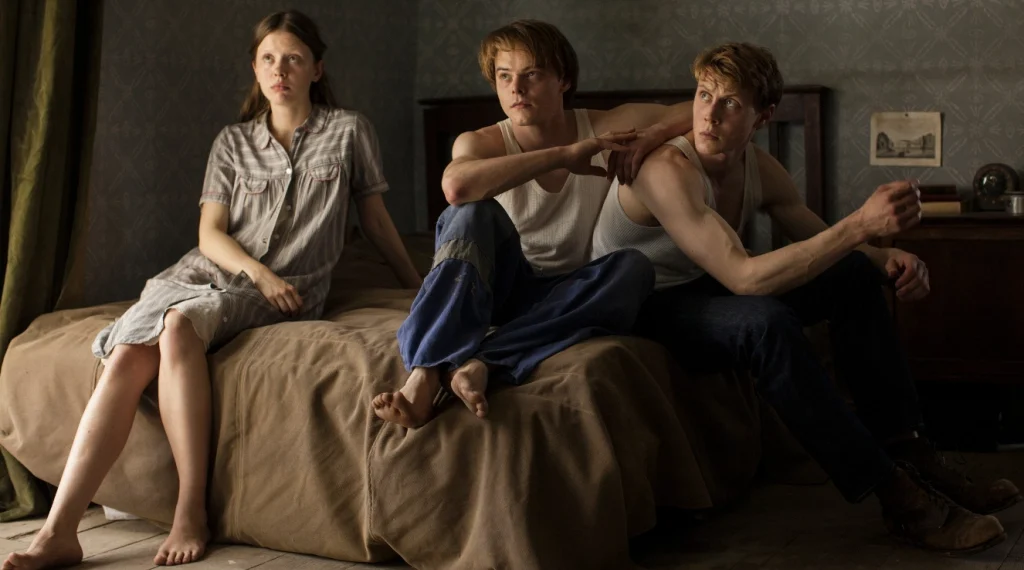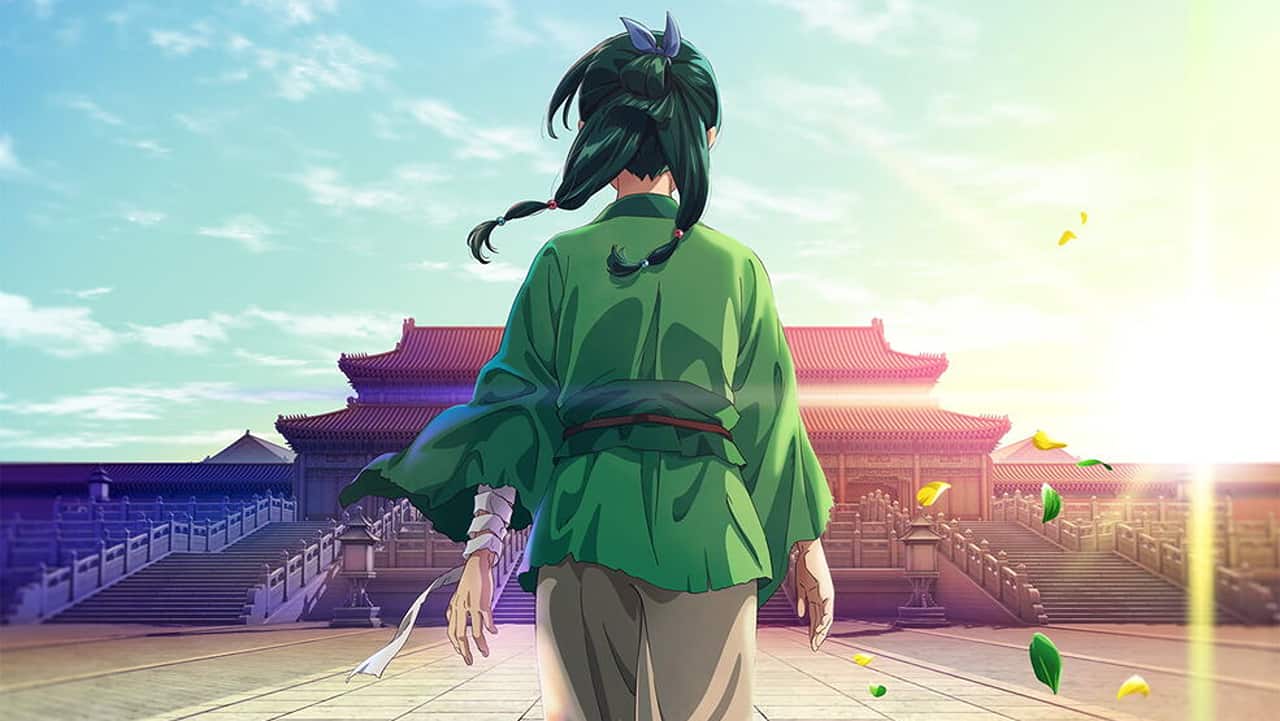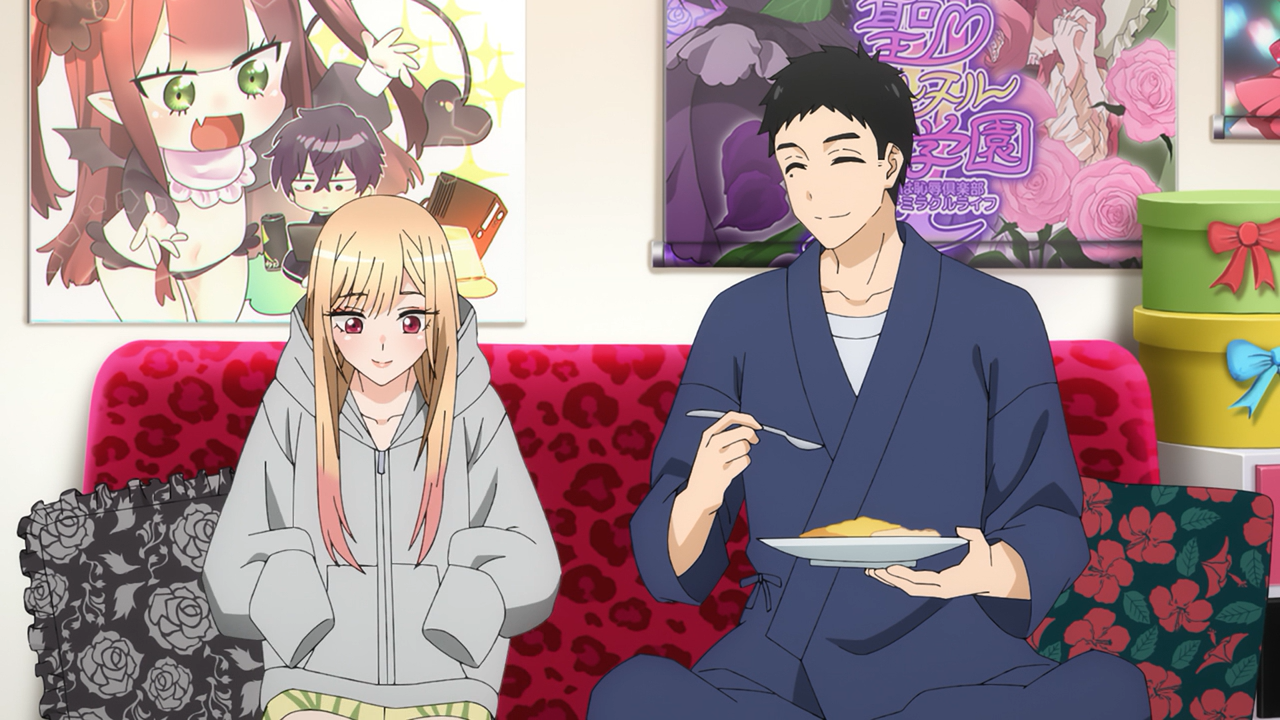Marrowbone (2017) stands as a deeply psychological horror film that explores intense themes of memory, trauma, and isolation, all communicated through a layered metaphor. Directed by Sergio G. Sánchez, this Spanish-language psychological horror film captures audiences with its compelling atmosphere and complex characters, despite receiving mixed reviews. The cast, including Anya Taylor-Joy, Mia Goth, George MacKay, and Charlie Heaton, delivers memorable performances, but it is the movie’s underlying message that leaves the most lasting impact.
The story is set in 1968 and follows the Fairbairn family, who move from England to Maine, taking up residence in the Marrowbone House, a grand mansion from the past. Led by matriarch Rose (Nicola Harrison), the family hopes to start over, but their peace is disrupted when Rose dies unexpectedly. This leaves the eldest son, Jack (MacKay), responsible for his siblings, all while he navigates a romance with local girl Allie (Taylor-Joy) and uncovers dark secrets hidden within their new home.
Marrowbone Ending Explained
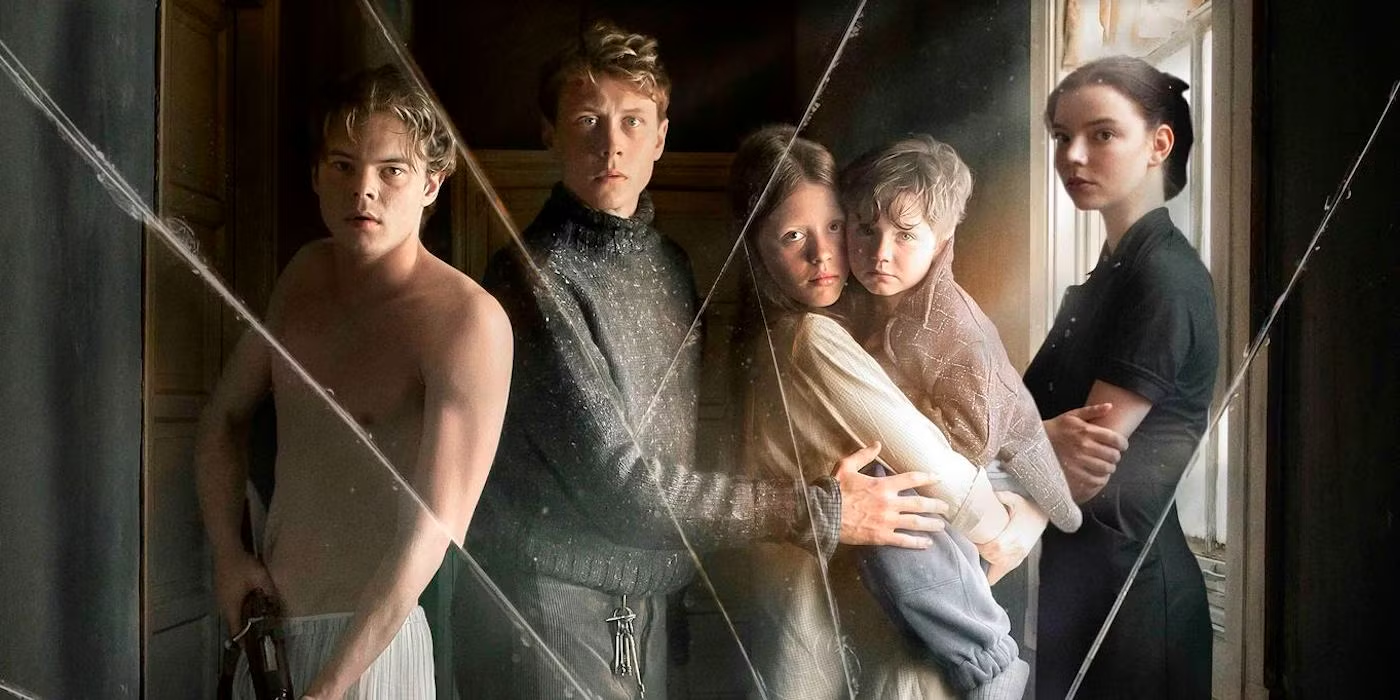
The haunted house trope is hardly novel in horror films, having been explored in numerous classics since 1959’s House on Haunted Hill. Yet, in Marrowbone, the house transcends its typical role as merely a location. It becomes a living, breathing entity that reflects the turmoil of the characters inside. The mansion is initially depicted as a sanctuary—a place of retreat and safety after the Fairbairn family flees from an abusive patriarch in England. In this sense, it offers refuge, sheltering the family from their painful past.
However, as the story unfolds, it becomes clear that this sanctuary can also serve as a prison. The house gradually transforms into a place of confinement, as the characters’ own fears and traumas seep into its walls. The deeper metaphor emerges when considering how the house absorbs the emotions and histories of its inhabitants, becoming a vessel for their unresolved pain. This unspoken tension, hidden beneath the surface of the story, grows more apparent as the film progresses.
Jack and his siblings begin to sense a malignant force in the house, referring to it as a “ghost”—an embodiment of their collective fears and anxieties. However, these ghosts are not simply figments of their imagination. Jack’s decision to cover the mirrors in the house is symbolic of his effort to shield himself from his own reflection, his identity, and the disturbing truths that lie within. The mirrors, symbols of self-awareness and duality, are hidden in an attempt to avoid confronting the painful reality of their circumstances.
The Heartbreaking Truth Behind Marrowbone’s Ending
The true meaning of Marrowbone is revealed in its surprising twist, changing everything that the audience has witnessed up until that point. The plot takes a sharp turn when the town lawyer, Tom Porter (Kyle Soller), blackmails Jack to secure his family’s inheritance, threatening to reveal their secrets if Jack doesn’t comply. As Jack’s siblings learn of Tom’s intentions, they plan to meet with Allie in secret to expose the truth, but when she arrives, she finds only a diary—one that holds the key to understanding the horrifying past of the Fairbairn family.
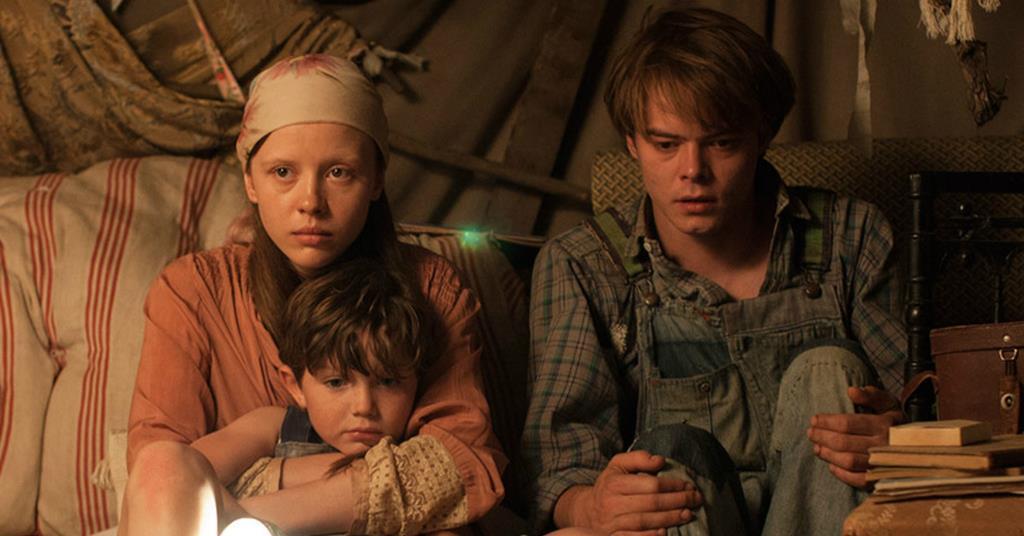
The diary reveals that Jack’s father, Simon Fairbairn (Tom Fisher), a convicted serial killer, had returned to the Marrowbone house after their relocation. Jack, in an effort to protect his siblings, locked them away in the attic—a place that had remained boarded up throughout the film. Jack then confronts his father, but Simon determined to reclaim his family’s wealth, knocks Jack unconscious, returning to murder his children. Jack, traumatized by these events, seals both his father and his deceased siblings in the attic, constructing a new, delusional reality to cope with the unbearable loss.
Jack’s mental deterioration becomes a pivotal part of the film, as his trauma manifests through multiple personalities. These personalities, which include his deceased siblings, are what the audience has been witnessing. This explains why Allie has never met any of Jack’s siblings—because they are figments of his mind. To avoid facing the truth, Jack continues to hide the mirrors, sealing his painful memories in the Marrowbone house. The film culminates in a confrontation where Allie helps Jack snap out of his delusion, but not without a harrowing moment where Jack, in his altered state, allows his “Billy” personality to emerge and take control, ultimately killing his still-living father.
As the film reaches its conclusion, Jack is released from psychiatric care, and Allie is told to ensure he takes his medication. However, in a moment of silent defiance, Allie decides to leave Jack’s reality intact. She understands that he finds solace in believing his siblings are still alive, and it’s this acceptance of his delusion that offers him peace, even at the cost of truth. This revelation shifts the narrative and casts new light on the importance of the house, which is more than just a location—it is a symbolic container of Jack’s memories and trauma.
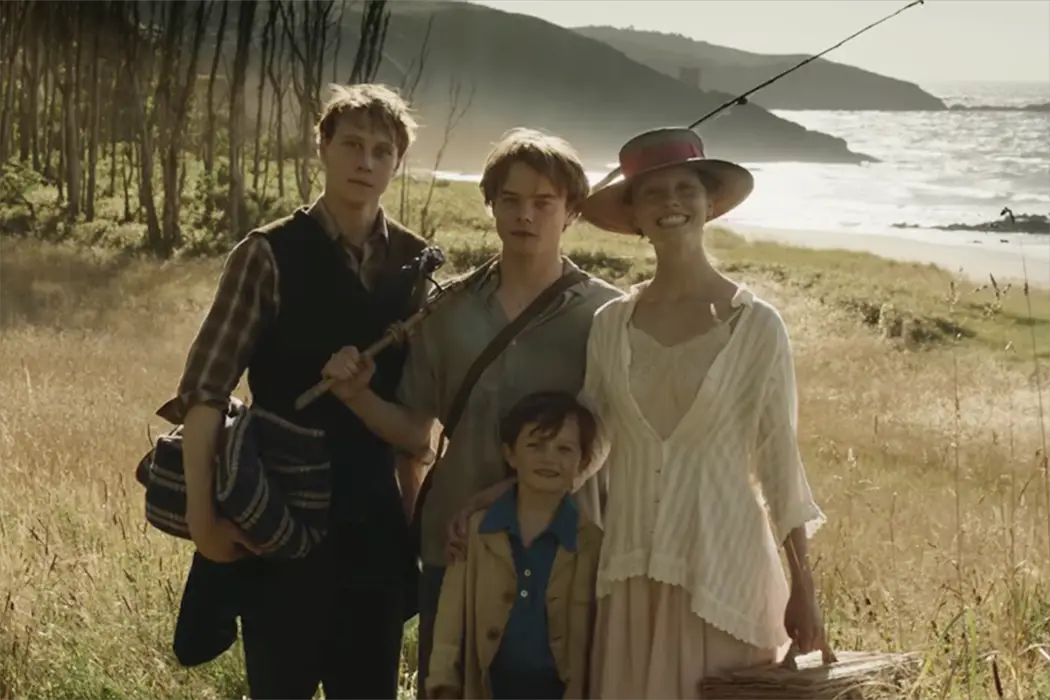
A Love Story Hidden in the Shadows of Horror
While Marrowbone is often categorized as a psychological horror film, director Sergio G. Sánchez sees it primarily as a love story, with elements of both romantic and fraternal love driving the narrative. He explains that love is a central theme of the film, one that balances against the dark, horrific events unfolding around the characters. The film explores how love, in its many forms, is both a healing force and a source of resilience, allowing individuals to face their deepest fears and traumas.
At the heart of the film is the blossoming romance between Jack and Allie. Their relationship begins with misunderstandings, but their connection deepens as Allie becomes a guiding force in Jack’s journey to confront his past. Despite the tragedy that surrounds Jack, Allie remains steadfast by his side, working through his grief and trauma to understand the man he is beneath the layers of delusion.
Equally significant is the love between Jack and his siblings. This fraternal bond is so profound that Jack cannot bear to accept their deaths. Instead, he constructs a new reality, one in which his siblings are alive and with him. In Jack’s memory, they continue to exist, helping him navigate the overwhelming weight of their loss. This complex dynamic reveals that even in the depths of mental turmoil, the love between family members can transcend the boundaries of life and death, offering both comfort and conflict.

